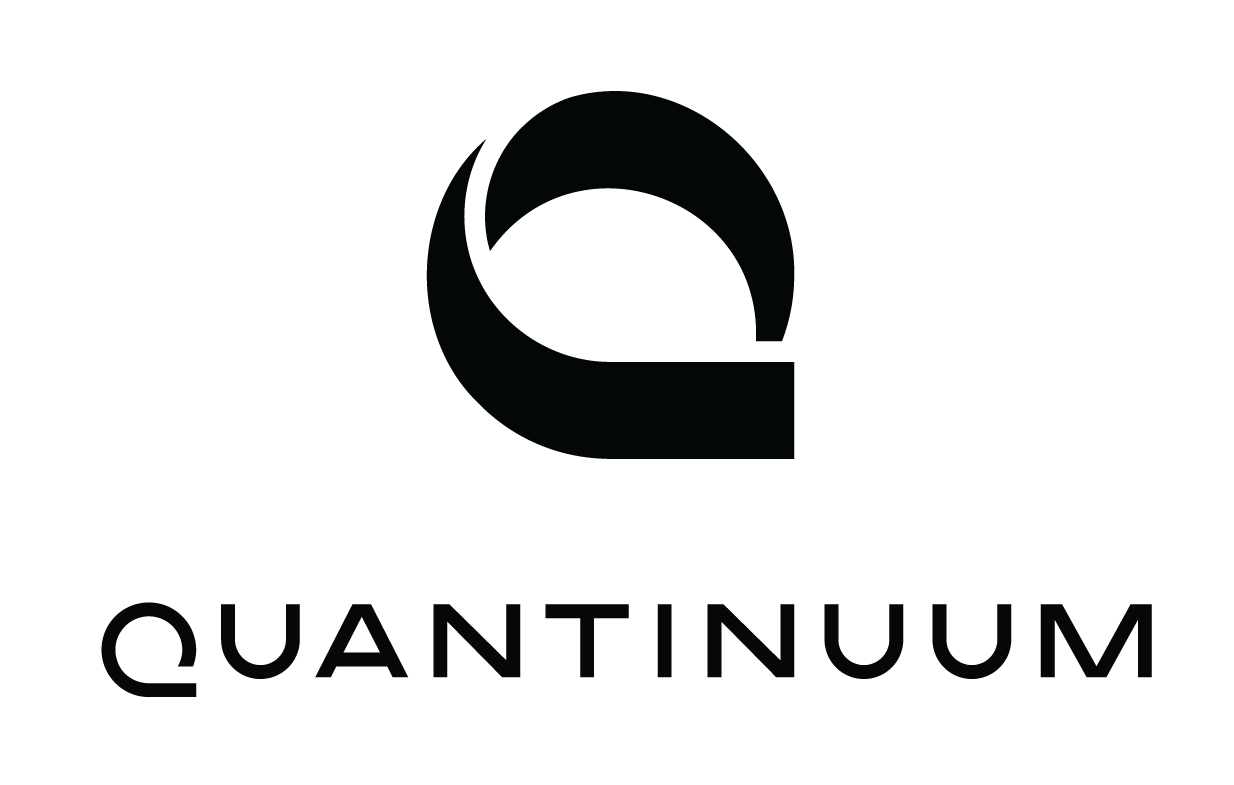Integrating pytket into Qiskit software#
In this tutorial, we will focus on:
Using
pytketfor compilation or providing devices/simulators within Qiskit workflows;Adapting Qiskit code to use
pytketdirectly.
See the pytket-qiskit docs for more information.
This example assumes some familiarity with the Qiskit algorithms library. We have chosen a small variational quantum eigensolver (VQE) for our example, but the same principles apply to a wide range of quantum algorithms.
To run this example, you will need pytket-qiskit, as well as the separate qiskit-optimization package. You will also need IBMQ credentials stored on your local machine.
Qiskit has risen to prominence as the most popular platform for the development of quantum software, providing an open source, full-stack solution with a large feature list and extensive examples from the developers and community. For many researchers who have already invested in building a large codebase built on top of Qiskit, the idea of switching entirely to a new platform can look like a time-sink and may require reversion to take advantage of the new tools that get regularly added to Qiskit.
The interoperability provided by pytket-qiskit allows Qiskit users to start taking advantage of some of the unique features of pytket without having to completely rewrite their software.
Let’s take as an example an ansatz for computing the ground-state energy of a hydrogen molecule.
from qiskit.quantum_info import SparsePauliOp
H2_op = SparsePauliOp.from_list(
[
("II", -1.052373245772859),
("IZ", 0.39793742484318045),
("ZI", -0.39793742484318045),
("ZZ", -0.01128010425623538),
("XX", 0.18093119978423156),
]
)
First let’s use qiskit’s NumPyEigensolver to compute the exact answer:
from qiskit.algorithms.eigensolvers import NumPyEigensolver
es = NumPyEigensolver(k=1)
exact_result = es.compute_eigenvalues(H2_op).eigenvalues[0].real
print("Exact result:", exact_result)
The following function will attempt to find an approximation to this using VQE, given a qiskit BackendEstimator on which to run circuits:
from qiskit.algorithms.minimum_eigensolvers.vqe import VQE
from qiskit.algorithms.optimizers import SPSA
from qiskit.circuit.library import EfficientSU2
def vqe_solve(op, maxiter, qestimator):
optimizer = SPSA(maxiter=maxiter)
ansatz = EfficientSU2(op.num_qubits, entanglement="linear")
vqe = VQE(estimator=qestimator, ansatz=ansatz, optimizer=optimizer)
return vqe.compute_minimum_eigenvalue(op).eigenvalue
We will run this on a pytket IBMQEmulatorBackend. This is a noisy simulator whose characteristics match those of the real device, in this case “ibmq_belem” (a 5-qubit machine). The characteristics are retrieved from the device when the backend is constructed, so we must first load our IBMQ account. Circuits will be compiled to match the connectivity of the device and simulated using a basic noise model constructed from the device parameters.
from pytket.extensions.qiskit import IBMQEmulatorBackend
b_emu = IBMQEmulatorBackend("ibmq_belem", instance="ibm-q/open/main")
Most qiskit algorithms require a qiskit primitive as input; this in turn is constructed from a qiskit.providers.Backend. The TketBackend class wraps a pytket backend as a qiskit.providers.Backend.
from pytket.extensions.qiskit.tket_backend import TketBackend
from qiskit.primitives import BackendEstimator
qis_backend = TketBackend(b_emu)
qestimator = BackendEstimator(qis_backend, options={"shots": 8192})
Note that we could have used any other pytket shots backend instead of b_emu here. The pytket extension modules provide an interface to a wide variety of devices and simulators from different quantum software platforms.
We can now run the VQE algorithm. In this example we use only 50 iterations, but greater accuracy may be achieved by increasing this number:
#print(“VQE result:”, vqe_solve(H2_op, 50, qestimator))
Another way to improve the accuracy of results is to apply optimisations to the circuit in an attempt to reduce the overall noise. When we construct our qiskit backend, we can pass in a pytket compilation pass as an additional parameter. There is a wide range of options here; we recommend the device-specific default compilation pass, provided by each tket backend. This pass will ensure that all the hardware constraints of the device are met. We can enable tket’s most aggressive optimisation level by setting the parameter optimisation_level=2.
qis_backend2 = TketBackend(b_emu, b_emu.default_compilation_pass(optimisation_level=2))
qestimator2 = BackendEstimator(qis_backend2, options={"shots": 8192})
Let’s run the optimisation again:
#print(“VQE result (with optimisation):”, vqe_solve(H2_op, 50, qestimator2))
These are small two-qubit circuits, so the improvement may be small, but with larger, more complex circuits, the reduction in noise from compilation will make a greater difference and allow VQE experiments to converge with fewer iterations.
